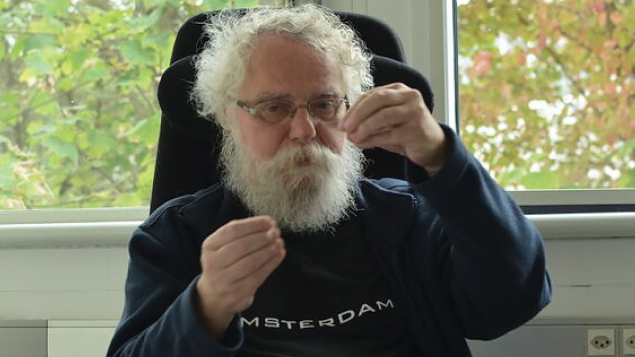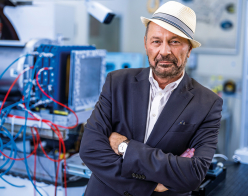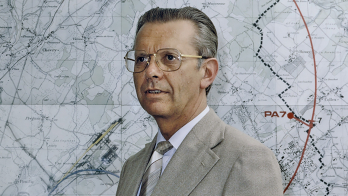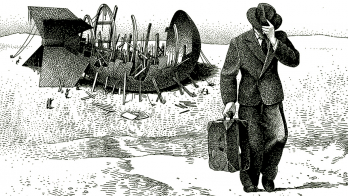
Karel Šafařík, one of the founding members of the ALICE collaboration, passed away on 7 October 2024.
Karel graduated in theoretical physics in Bratislava, Slovakia (then Czechoslovakia) in 1976 and worked at JINR Dubna for over 10 years, participating in experiments in Serpukhov and doing theoretical studies on the phenomenology of particle production at high energies. In 1990 he joined Collège de France and the heavy-ion programme at CERN, soon becoming one of the most influential scientists in the Omega series of heavy-ion experiments (WA85, WA94, WA97, NA57) at the CERN Super Proton Synchrotron (SPS). In 2002 Karel was awarded the Slovak Academy of Sciences Prize for his contributions to the observation of the enhancement of the production of multi-strange particles in heavy-ion collisions at the SPS. In 2013 he was awarded the medal of the Czech Physical Society.
As early as 1991, Karel was part of the small group who designed the first heavy-ion detector for the LHC, which later became ALICE. He played a central role in shaping the ALICE experiment, from the definition of physics topics and the detector layout to the design of the data format, tracking, data storage and data analysis. He was pivotal in convincing the collaboration to introduce two layers of pixel detectors to reconstruct decays of charm hadrons only a few tens of microns from the primary vertex in central lead–lead collisions at the LHC – an idea considered by many to be impossible in heavy-ion collisions, but that is now one of the pillars of the ALICE physics programme. He was the ALICE physics coordinator for many years leading up to and including first data taking. Over the years, he also made multiple contributions to ALICE upgrade studies and became known as the “wise man” to be consulted on the trickiest questions.
Karel was a top-class physicist, with a sharp analytical mind, a legendary memory, a seemingly unlimited set of competences ranging from higher mathematics to formal theory, and from detector physics to high-performance computing. At the same time he was a generous, caring and kind colleague who supported, helped, mentored and guided a large number of ALICE collaborators. We miss him dearly.







